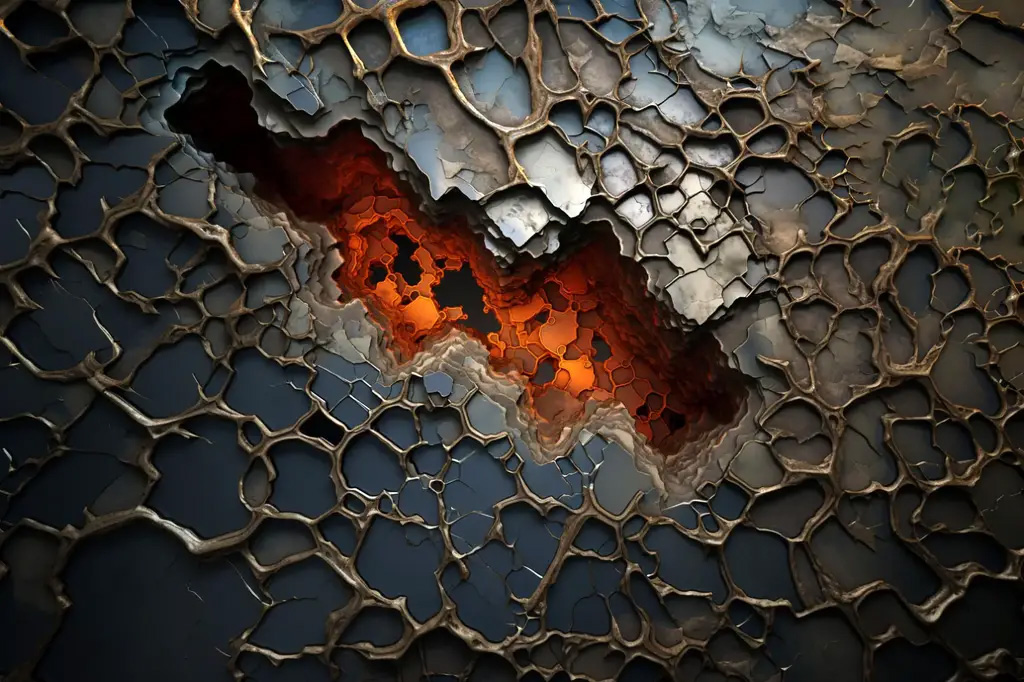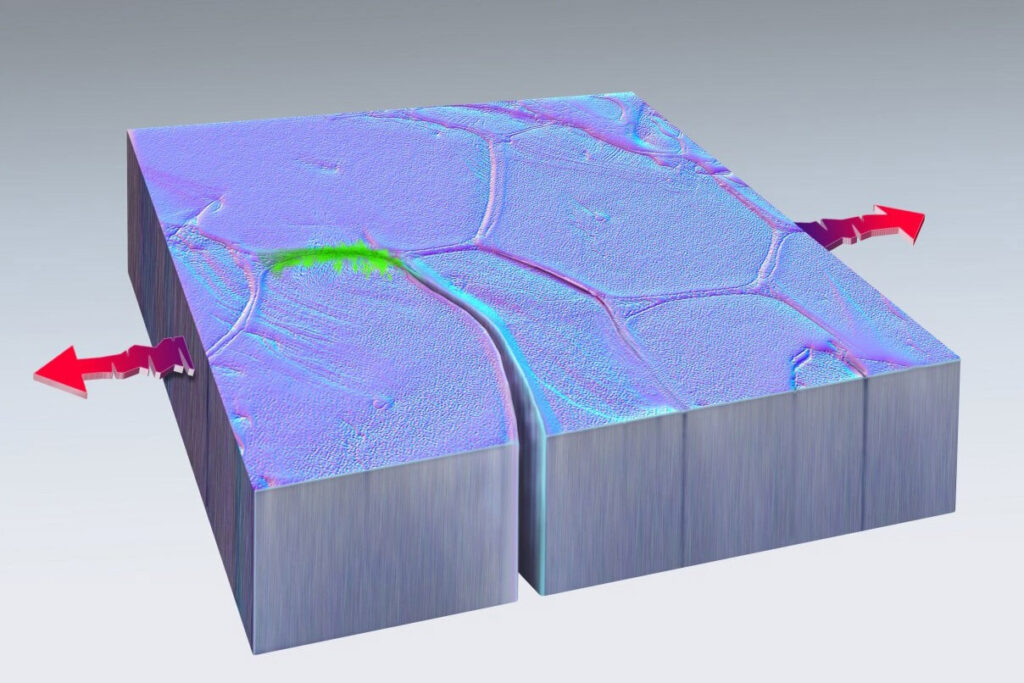Astonishing Discovery: Self-Healing Metals

Scientists have discovered that several manmade materials can heal themselves. It is the first time researchers have observed self-healing metal, which can potentially lead to the development of self-healing machines.
Observing self-healing metal for the first time
The Texas A&M University and Sandia National Laboratories research team published their findings in the Nature journal. They described their first observation of an amazing phenomenon, where microscopic cracks vanish during their experiments. The team was excited about their findings, already considering the possible application of self-healing metals in producing airplanes, bridges, engines, and other products that break down due to wear and tear. They envision machines and infrastructure that would be longer-lasting and safer.
The scientists said they observed pieces of metal crack and fuse back without their intervention. Brad Boyce, a Sandia materials scientist, said it was “absolutely stunning” to watch it happen. He said it confirmed that metals have the inherent ability to heal themselves, particularly in the level of nanoscale fatigue damage. Mr. Boyce explains that fatigue damage is how machines wear out and break. Repeated motion or stress causes the formation of microscopic cracks. Over time, the cracks grow and spread until the device fails or breaks. During their experiments, what they saw disappearing were the small but important nanometer-sized cracks.
He added that cyclic loading initiates cracks and later fractures on solder joints, bridges, car engines, and other materials, leading to device failure. Replacement costs for material failure involve time, money, and in some cases, injuries and loss of lives. These failures cost the U.S. economy hundreds of billions of dollars annually.
From fiction to reality
Many scientists have created self-healing materials, mostly concrete, ceramics, and polymers. However, the idea of a self-healing metal used to reside in science fiction. As Mr. Boyce explained, you expect cracks in metals to grow bigger. Even some basic equations they use to determine crack growth rule out the possibility of metal healing itself.
Another MIT scientist, Michael Demkowicz, a former assistant professor at MIT and now a full-time professor at Texas A&M, was the self-healing metal theory’s originator. He published his findings on computer simulations, stating that metal could weld shut cracks created by wear and tear under particular conditions. He did his research way back in 2013.
Mr. Boyce said they were not after the proof of the theory when conducting their experiments. However, it was exciting to discover that the theory was true while working at the Center for Integrated Nanotechnologies, a user facility of the Department of Energy jointly operated by the Los Alamos national laboratories and Sandia.
The discovery was made while running the experiment in Sandia with Chris Barr of the Office of Nuclear Energy of the Department of Energy and Khalid Hattar, a University of Tennessee, Knoxville associate professor. They were evaluating how cracks formed and spread through a nanoscale piece of platinum back then. They saw the healing through a specialized electron microscope technique. They developed the technique to allow them repeatedly pull on the metal’s ends 200 times per second.
While conducting their experiment for 40 minutes, the scientists were surprised when the damage reversed its course, and one end of the crack fused back together, and they saw no trace of the past injury. As they observed, the crack regrew along another direction. They shared their findings with Prof. Demkowicz, who even recreated the experiment to see the result.
Discovering the rest of the unknowns
According to the research team, much more remains unknown in the self-healing process of metals. One is if this process will become a practical tool in the manufacturing sector. The team considers their discovery general findings, but they believe this will become a focus of in-depth research. But their discovery occurred in nanocrystalline metals within a vacuum, but they do not know if they can stimulate the process in traditional metals in the air. The researchers acknowledge that their discovery is a big leap forward at the materials science frontier.
